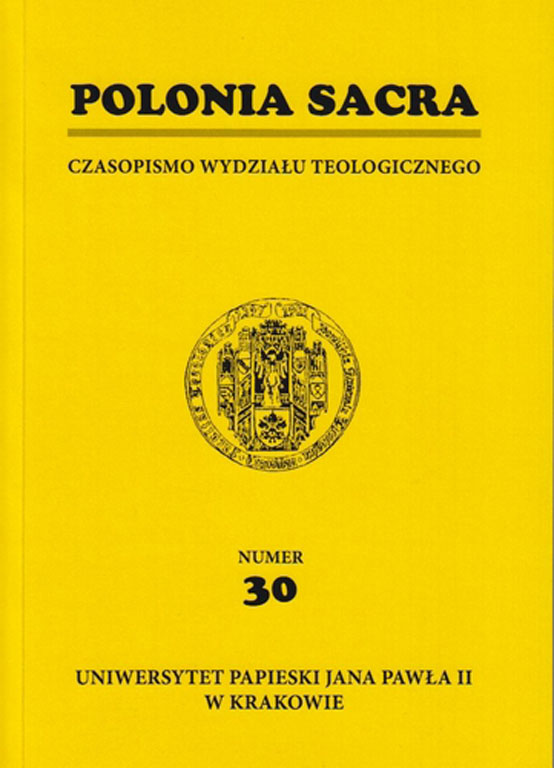Matka naszego Pana czy Królowa Męczenników
DOI:
https://doi.org/10.15633/ps.531Abstrakt
The Queenship of Mary must be inserted within the kingly status of the People of God. The insertion of Our Lady’s Queenship into the context of the kingly office of the People of God, while not detaching the person of Mary from the ecclesial community, help us to understand the meaning of Marian Queenship and its challenges for contemporary Christians. In her quality as excelling member of the Church, Mary the Queen proclaims the royal character of the other human beings, which is founded on union with Christ. She understood her life as a service, in which consists royalty according to the Gospel (Lk 22, 24–40). She did not construe her Divine Motherhood as expression of sovereignty but declared herself servant of the Lord worshiping the one God and completely given to service for His plan o salvation. Whereas worldly kingship is expressed by domination, imposition, and egoistic pursuits, the kingship of Christ is manifested in the rejection of violence and in love and service of the truth, unto the total giving of self. In this perspective Mary is one who has inherited the Kingdom of God, because she shares in the power communicated by the Spirit for delivering the world from its evils and for bringing people to Divine filiation and Christian maturity.Pobrania
Opublikowane
2012-07-07
Numer
Dział
Artykuły tematyczne
Licencja
Prawa autorskie (c) 2012 Wojciech Życiński

Utwór dostępny jest na licencji Creative Commons Uznanie autorstwa 4.0 Międzynarodowe.
Autorzy publikujący w czasopiśmie udzielają jego wydawcy zgody o następującej treści:
- Autor zachowuje autorskie prawa majątkowe do utworu, a jednocześnie udziela wydawcy czasopisma zgody na jego pierwszą publikację w wersji drukowanej i wersji online na licencji Creative Commons Uznanie autorstwa 4.0 Międzynarodowe oraz zgody na wykonywanie opracowań, w tym przekładów.
- Autor ma możliwość udzielania zgody niewyłącznej na opublikowanie utworu w wersji, która ukazała się w czasopiśmie (np. zamieszczenia go w repozytorium instytucjonalnym lub opublikowania w książce), wraz z informacją o jego pierwszej publikacji w czasopiśmie.
- Autor może umieścić swój utwór online (np. w repozytorium instytucjonalnym lub na swojej stronie internetowej) jeszcze przed zgłoszeniem utworu do czasopisma.
Jak cytować
Życiński, W. (2012). Matka naszego Pana czy Królowa Męczenników. Polonia Sacra, 16(1), 5–15. https://doi.org/10.15633/ps.531

